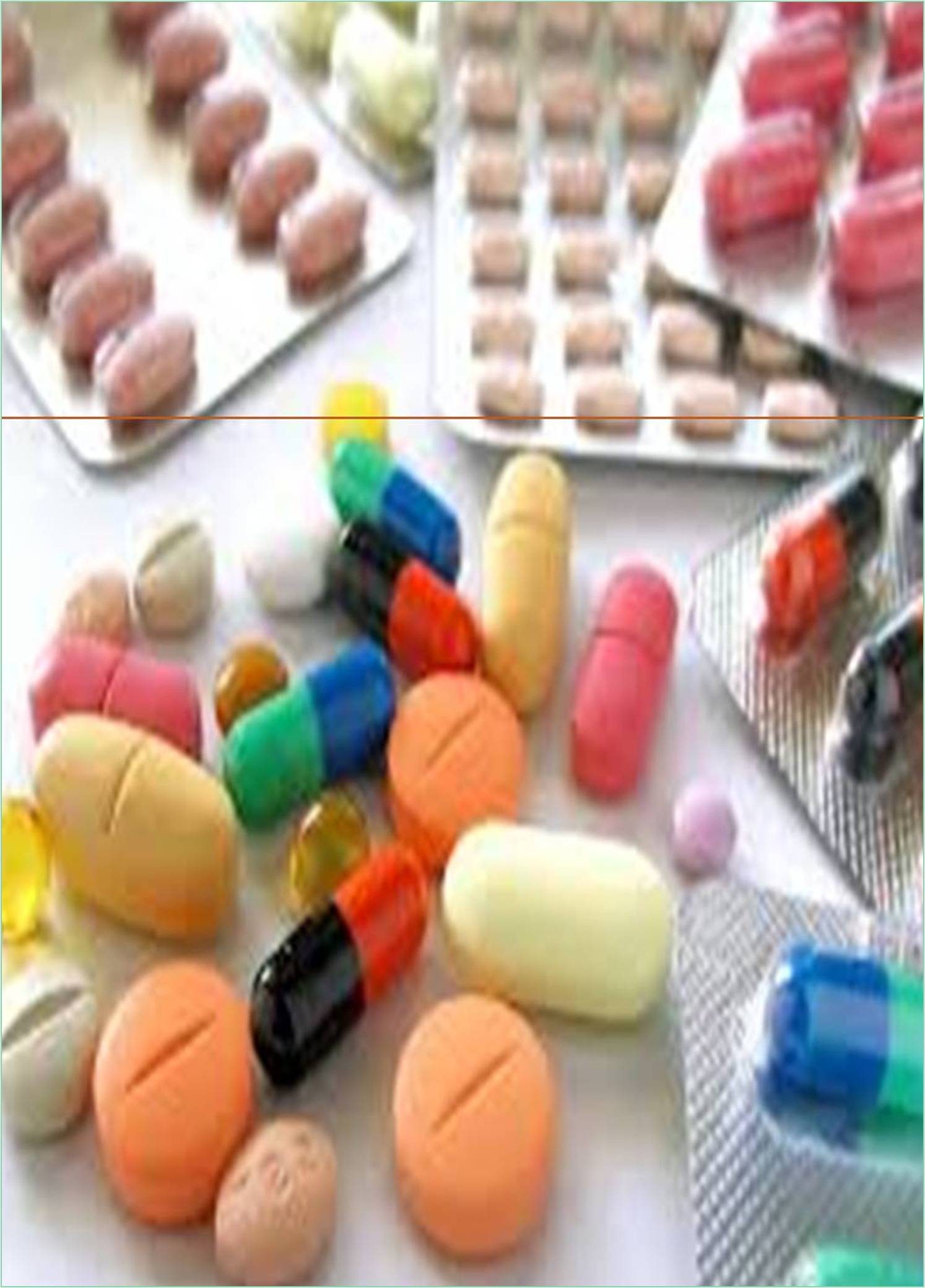



Received: 01-Apr-2022, Manuscript No. GJPP-22-63853; Editor assigned: 04-Apr-2022, Pre QC No. GJPP-22-63853 (PQ); Reviewed: 18-Apr-2022, QC No. GJPP-22-63853; Revised: 25-Apr-2022, Manuscript No. GJPP-22-63853 (R); Published: 02-May-2022, DOI: 10.37421/GJPP.22.10.006
In December 2019, a new type of coronavirus, severe acute respiratory syndrome coronavirus 2 (SARS-CoV-2) was discovered to be the source of a unique pneumonia outbreak in Wuhan, Hubei province (Chen Y, 2020). The unique pneumonia soon spread over the world due to its high infectivity, and the WHO called it coronavirus illness 2019 (COVID-19). SARS-CoV-2 is a singlestranded RNA-enveloped virus that targets cells by binding to the angiotensin-converting enzyme 2 (ACE2) receptor via the viral structural spike (S) protein (Chen Y, 2020). The viral particle employs host cell receptors and endosomes to enter cells after attaching to receptors. The S protein allows cell entrance via TMPRSS2, a host type 2 transmembrane serine protease. Viral polyproteins that encode for the replicasetranscriptase complex are produced once inside the cell. The virus subsequently employs its RNA-dependent RNA polymerase to make RNA. The completion of viral particle assembly and release is dependent on the synthesis of structural proteins. These phases in the viral lifecycle could be used as therapeutic targets. Nonstructural proteins (e.g., 3-chymotrypsin-like protease, papain like protease, RNA-dependent RNA polymerase) that share similarity with other new coronaviruses are promising therapeutic targets (nCoVs). Viral entrance and immunological modulation pathways are also therapeutic targets. Choose potential COVID-19 treatments or supplementary medicines' key pharmacologic parameters (Fehr AR, 2015).
During the peak of the pandemic, research scientists and medical workers around the world sought for effective techniques to manage the outbreak, such as patient isolation, the use of N95 and KN95 masks, and quick treatment of patients and this practice has continued to this day. Treatment is one of the primary challenges among them because SARS-CoV-2 is a new virus with unknown features and a growing number of mutations. The COVID-19 has two types of therapy options: etiological treatment and symptomatic treatment (Gao Y, 2020).
Symptomatic treatment refers to the treatment of diseases' complications. Fever and hypoxia are typical consequences of COVID-19 patients; hence oxygen inhalation and fever control are important symptomatic treatments. Antiviral therapy or SARS-CoV-2 medicines are used as causative treatment for COVID-19 to stop the virus from spreading. Nonetheless, there is no specific COVID-19 medication available. Angiotensin-converting enzyme inhibitors (ACEI)/angiotensin-receptor blockers (ARB), antiviral medicine, and chloroquine/ hydroxychloroquine are the three types of COVID-19 medicine. ACEI/ARB is commonly used to treat hypertension and is thought to suppress the combination of SARS-CoV-2 and its receptors, hence curing COVID-19. Its safety, however, is in doubt.
COVID-19 is often treated with remdesivir, lopinavir/ ritonavir, and other antiviral medicines. They demonstrated their antiviral action in vitro at low concentrations and with a high selectivity index, suggesting their promise for COVID-19 treatment. As a result, hundreds of clinical trials have been launched to test the efficacy and safety of various medicines or items in order to find appropriate etiological treatment as rapidly as feasible. Nonetheless, the current trial outcomes are contentious. The first release of clinical trial findings revealed that lopinavir/ritonavir did not significantly alleviate clinical symptoms. In contrast, remdesivir's clinical results indicated that it significantly reduced the time to clinical improvement and mortality in severe COVID-19 patients. Furthermore, clinical evidence suggests that chloroquine would not be an effective drug. Furthermore, after taking chloroquine, the patients' mortality rate increased. However, the study found that the therapy of COVID-19 patients was effective (Hoffmann M, 2018).
COVID-19 medicine had a better therapeutic effect in clinical improvement rate and safety end point than standard of care, according to the above assessment, which included more high-quality studies involving thousands of patients. However, there was no significant increase in discharge rate or decrease in mortality among them (Zhu N, 2020). Furthermore, none of the several types of therapy could result in a significant reduction in mortality. Antiviral treatment, on the other hand, resulted in better clinical improvement than standard therapy, indicating that this type of medicine has the potential to be COVID-19 specific medicine.
The COVID-19 pandemic is the most serious worldwide public health threat this generation has seen, possibly during the 1918 influenza pandemic. The rapidity and volume of clinical trials launched to examine possible COVID-19 therapeutics underscore the need for and capabilities of producing high-quality evidence even after a pandemic have ended. Despite the fact that people are affected by COVID, 4 billion people have been vaccinated to date. Unfortunately, no therapies have been proven to be effective.
Zhu N, Zhang D, Wang W, Li X. (2020). A novel coronavirus from patients with pneumonia in China. New Eng J Med.38.50-78. [Crossref], [Google Scholar], [PubMed]
Hoffmann M, Kleine-Weber H, Schroeder S (2018). SARS-CoV-2 cell entry depends on ACE2 and TMPRSS2 and is blocked by a clinically proven protease inhibitor. Cell. 20.2-20. [Crossref], [Google Scholar], [PubMed]
Chen Y, Liu Q, Guo D (2020). Emerging coronaviruses: genome structure, replication, and pathogenesis. J Med Virol. 92(4).418-423. [Crossref], [Google Scholar], [PubMed]
Fehr AR, Perlman S (2015). Coronaviruses: an overview of their replication and pathogenesis. Methods Mol Biol.1282.1-23. [Crossref], [Google Scholar], [PubMed]
Gao, Yan, Liming Yan, Yucen Huang, Fengjiang Liu, Yao Zhao, Lin Cao, Tao Wang (2020). Structure of the RNA-dependent RNA polymerase from COVID-19 virus. Science.6492.779-782. [Crossref], [Google Scholar], [PubMed]